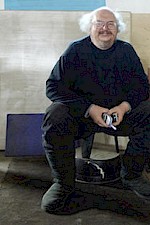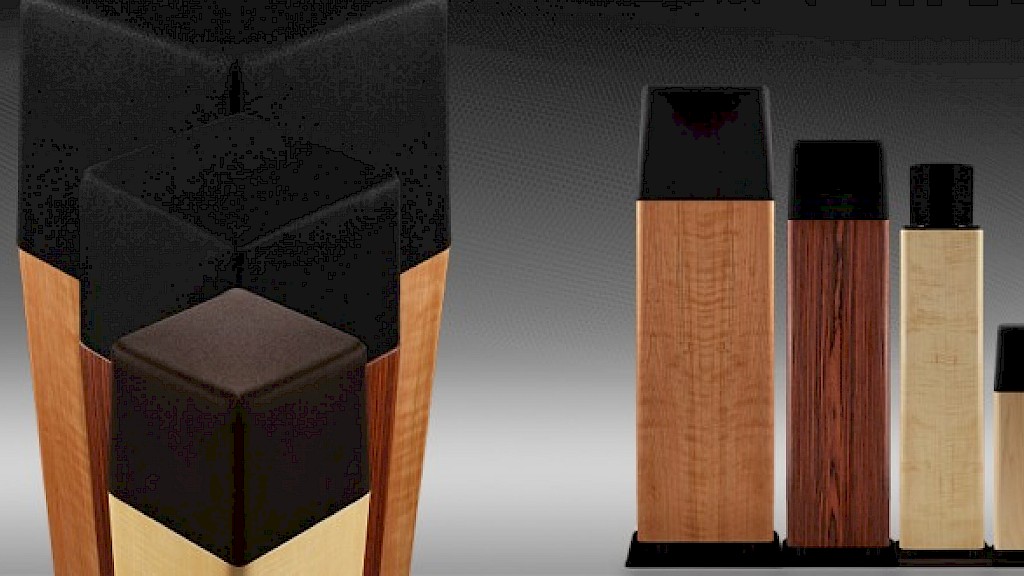Spikes – Yikes!
It comes down to basic physics. Newton’s Third Law of Motion states that for every action there is an equal and opposite reaction. So, when a woofer’s cone is pushed forward, the cabinet is pushed backwards by an equal force. When the sound volume is high, producing a high forward force, there will be a lot of rearward force and the cabinet can be made to rock back and forth. The lighter the cabinet the further it will move for the same force being applied (Newton’s Second Law of Motion applied to speakers). This motion can be greater than the distance a tweeter’s dome moves to create sound. So, the highs could be modulated by the lows if the woofer and tweeter are on the front of the same cabinet. This is called intermodulation distortion (IM distortion) and can be an audible problem.
Now, if the cabinet or stand has a base, feet or castors, the speaker can rock back and forth. The higher off the floor the woofer is in the system, the larger the problem becomes since the woofer has more leverage. Small monitor speakers on tall stands are particularly prone to this problem and many have optional heavy, stiff and expensive stands to minimize this problem. If the cabinet or stand has spikes driven into a wood floor, the woofer can barely move the floor/cabinet combination because the floor is so heavy. The speaker just shakes the floor a bit (and the shaking floor is felt as deep bass). If the spikes just go into carpeting, there is almost no benefit from added mass. The only benefit is from the resistance of the spike moving through the carpet and this resistance reduces the back and forth movement– a measurable improvement. If the spikes are sitting on metal disks to prevent damage to the floor or carpet, the only benefit is cosmetic – they look neat!
Castors never give you these sonic benefits. They do one thing very well: they allow you to move heavy speakers around the room and make fine adjustments in placement. If you have ever moved heavy speakers with spikes, you understand this is a major convenience. And since small changes in room placement can make big changes in sound quality (particularly imaging), having this convenience can lead to big improvements in sound quality.
Walsh speakers eliminate the IM problem at the source: the inverted driver moves up and down. Therefore, the cabinet can jump up and down a bit and shake the floor some; but, this motion is perpendicular to the sound radiation to the listener (including to the super-tweeter). So, no IM distortion is created by this mechanism! This inherent lack of IM contributes to the Walshs’ clean, detailed sound. Plus, the shaking also feels like deep bass.
With subwoofers, there is no mid-range or treble to modulate; so, the benefits of good placement are more important.
Conclusion: With Walsh speakers and most subwoofers, the ease of placement with castors can allow an audible benefit. Spikes that are driven into a wood floor (or firmly into carpet) can give an audible benefit to traditional box speakers. Otherwise spikes are purely a cosmetic statement.
Enjoy & Good Listening!
John
Subscribe to Ohm News & Views to get the latest posts in your inbox
John Strohbeen Author
John Strohbeen was the President and Chief Engineer of Ohm Acoustics from 1978-2023.


